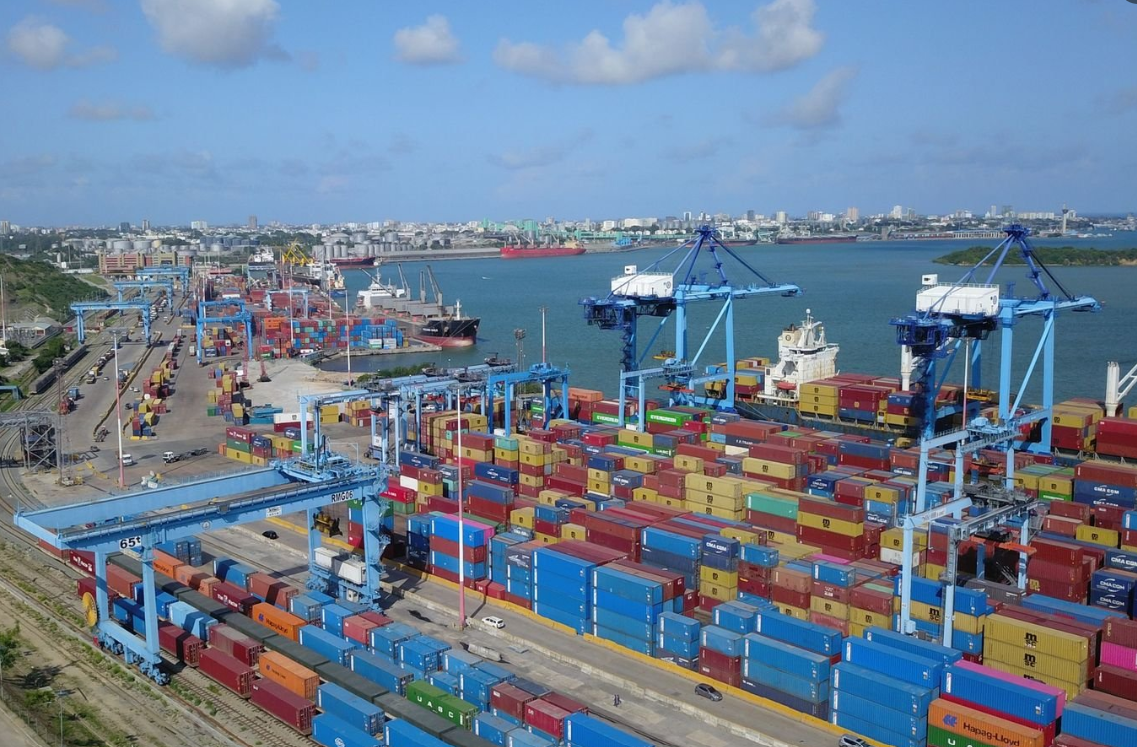In an effort to counter competition from the bustling port of Dar es Salaam, Kenya has implemented a series of policies. Central to these initiatives is the establishment of the Government Clearing Agency (GCA) to oversee cargo owned by regional governments. Additionally, the Kenyan government has reduced port charges and extended the storage period for transit cargo.
A notable aspect of these measures is the abolition of destination charges, resulting in substantial cost savings for importers. However, this move has stirred controversy, as the Kenya International Freight and Warehousing Association (KIFWA) has voiced concerns about the government’s involvement in business operations. These developments are part of Kenya’s proactive response to economic challenges, aimed at fostering a competitive environment and enhancing efficiency and customer satisfaction in its ports.
Kenya’s Cabinet Secretary for Mining, Blue Economy, and Maritime, Salim Mvurya, recently issued a circular instructing government agencies to clear their cargo through the Kenya National Shipping Line (KNSL) under GCA. While this step aims to ensure safety and confidentiality in handling sensitive government cargo, it has faced opposition from KIFWA. The association argues that government intervention in clearing operations may disrupt businesses, particularly those with significant cargo handling requirements.
KIFWA had planned to implement new rates on cargo handling, aiming to mitigate against inflation. These changes include increased fees for services such as Import Declaration Forms and varying charges for clearing different types of cargo, sparking a heated debate within the industry.
Meanwhile, competition from the Dar es Salaam port has prompted Kenya to reconsider its business terms with South Sudan and the Democratic Republic of Congo. The result is a policy shift that extends the storage period for transit cargo destined for Juba and Kinshasa. This measure is intended to make the Northern Corridor more attractive to clients. Arbitrary charges imposed by shipping lines at the Mombasa port, without approval from the Kenya Maritime Authority, have led to a decline in cargo throughput. Consequently, Kenya is addressing these issues to enhance the appeal of its ports for businesses in the region.
These recent developments exemplify Kenya’s proactive approach to addressing challenges within its maritime sector. As the nation embraces change, contentious issues have arisen, sparking debates among industry stakeholders.
The delicate balance between government intervention and private sector involvement continues to shape the future landscape of Kenya’s ports. The outcomes of these initiatives will undoubtedly influence regional trade dynamics. As the maritime industry navigates these changes, it remains to be seen how these policies will impact the efficiency, costs, and overall competitiveness of Kenya’s ports on the global stage.


















